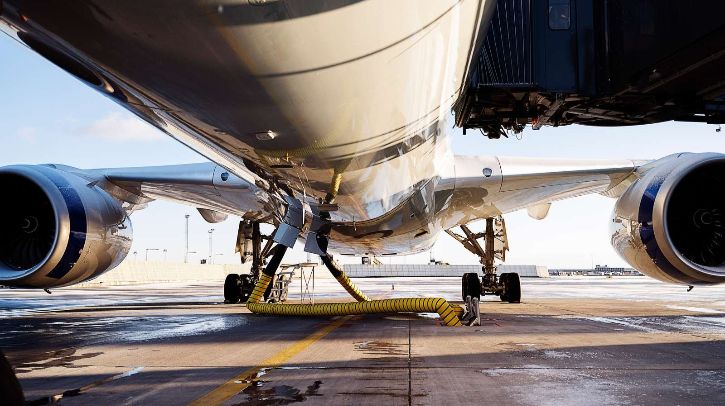Copenhagen Airport has deployed Assaia’s EmissionsControl technology to monitor aircraft ground emissions from auxiliary power units (APUs) in real time.
The technology addresses what Assaia describes as a sustainability challenge in the aviation industry, where airports struggle to reduce APU use due to a lack of data on APU runtime across variable locations and weather conditions.
With the deployment of Assaia’s technology, CPH states that it is the first airport in the world to achieve this advanced emissions monitoring capability across the majority of its stands.
The AI-powered system uses advanced camera technology to track APU use during aircraft turnarounds, providing CPH with detailed data contextualized by weather conditions. With a better understanding of APU use patterns, CPH will be better placed for future initiatives aimed at reducing emissions.
The system delivers real-time insights through an accessible interface that lets operations teams understand when APUs are running longer than necessary while ground power alternatives are available. This data-driven approach enables CPH to move beyond assumptions and begin exploring targeted initiatives to minimize unnecessary APU use.
Airlines operating at CPH will see reduced fuel consumption and lower operational costs, Assaia states, helping reduce emissions and improve air quality.
Kristoffer Plenge-Brandt, COO at CPH, said, “The use of APU contributes to noise and emissions of CO₂ and air pollution, including ultrafine particles, which are a concern for both our employees and our neighboring communities.
“With this new tool, we can identify when our operational guidelines are not being met and understand the reasons behind it. That insight is essential for developing effective measures to support cleaner ground operations.”
Christiaan Hen, CEO, Assaia, added, “We know that effective reduction strategies require real-world data, but until now, airports have been working with incomplete information.
“Weather conditions significantly impact APU runtime needs, from extreme cold requiring longer warm-up times to hot conditions affecting cabin cooling requirements.
“Assaia’s technology fills this critical data gap by providing continuous monitoring that captures these variable scenarios.”
This implementation supports CPH’s broader sustainability strategy. The airport has committed to achieving net-zero carbon emissions from its own operations by 2030 and continues to invest in technologies that help build a deeper understanding of emissions sources and reduction opportunities.

